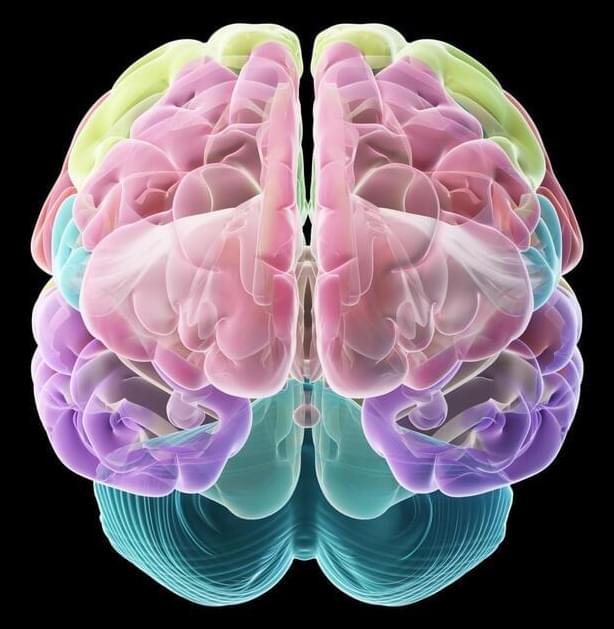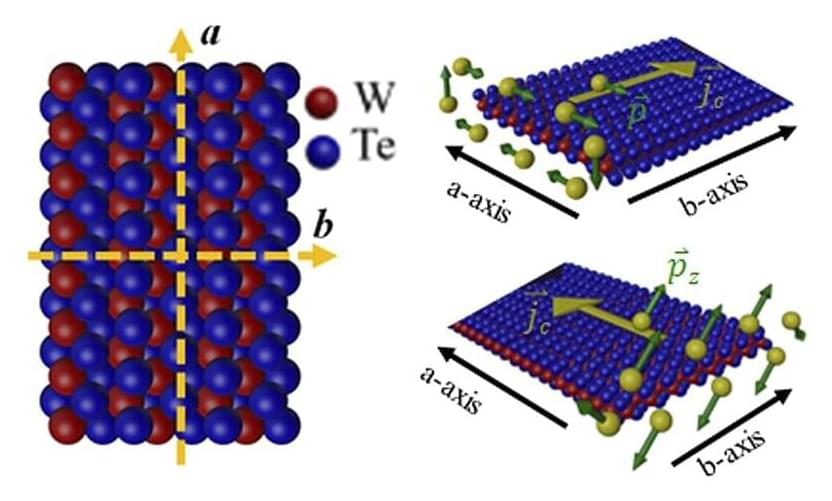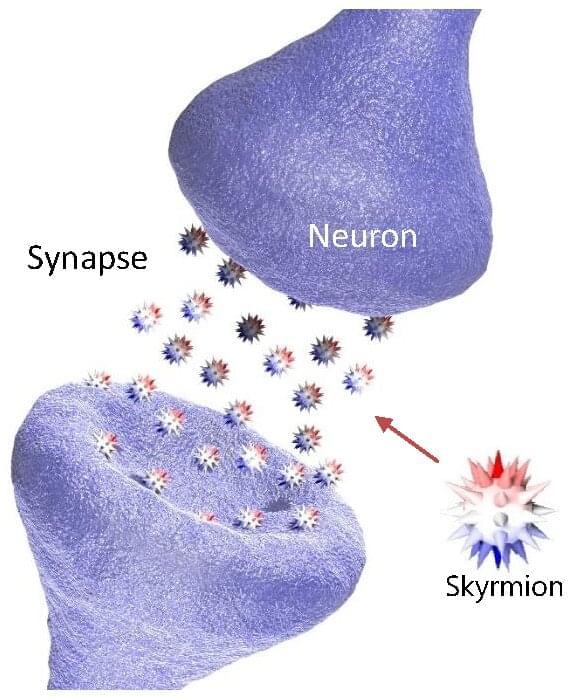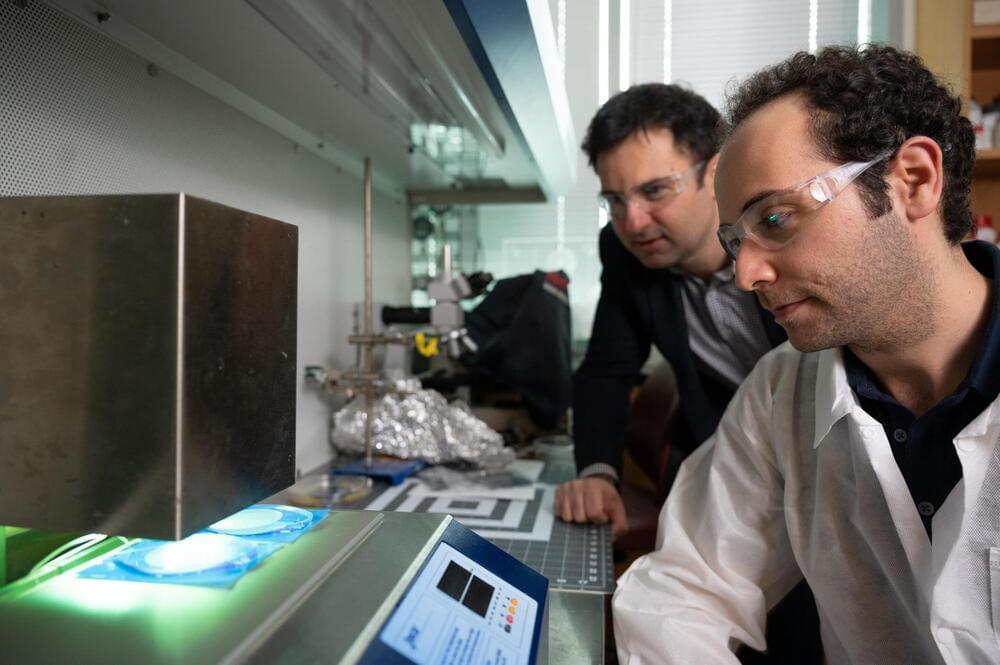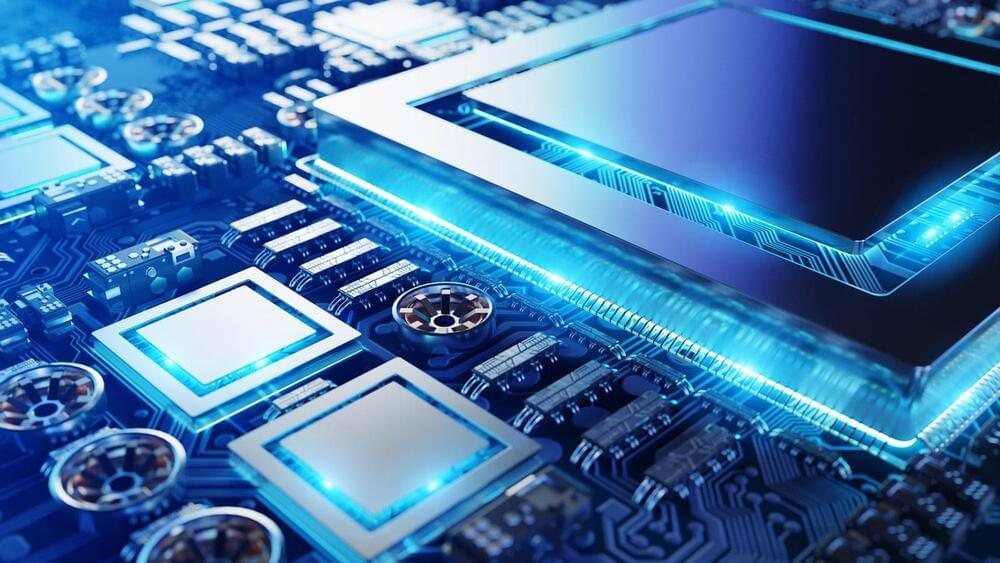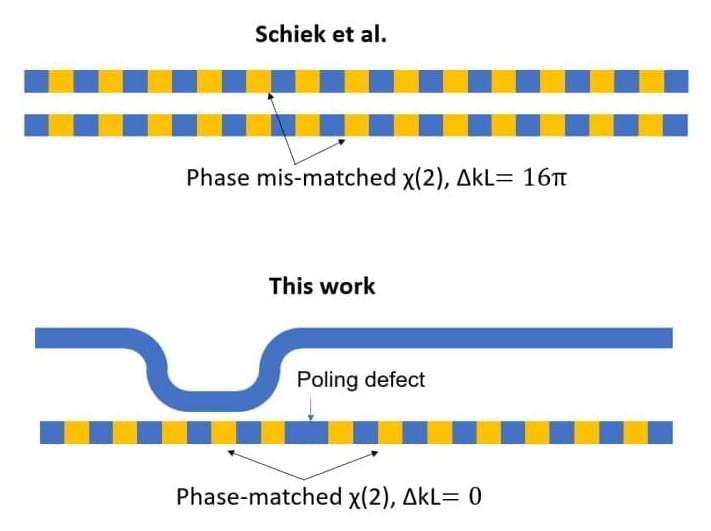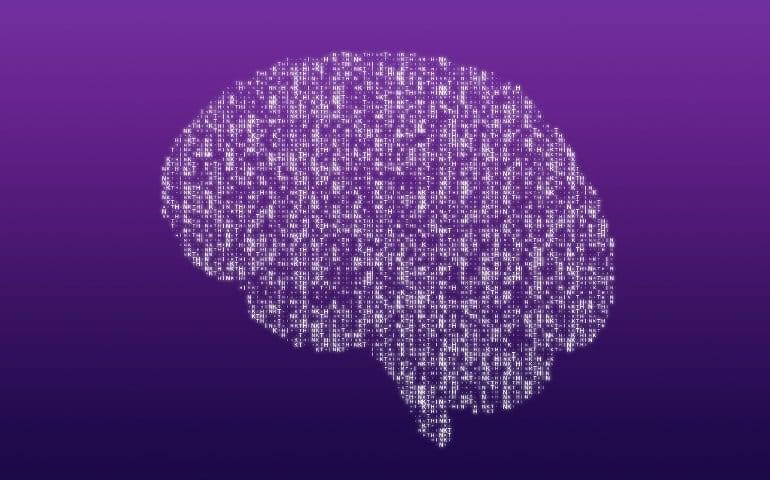Aug 14, 2022
Cedars-Sinai Creates Computer Models of Brain Cells
Posted by Dan Kummer in categories: biotech/medical, computing, genetics, neuroscience
Realistic and complex models of brain cells, developed at Cedars-Sinai with support from our scientists and our #openscience data, could help answer questions a… See more.
Cedars-Sinai investigators have created bio-realistic and complex computer models of individual brain cells—in unparalleled quantity.
Their research, published today in the peer-reviewed journal Cell Reports, details how these models could one day answer questions about neurological disorders—and even human intellect—that aren’t possible to explore through biological experiments.
Continue reading “Cedars-Sinai Creates Computer Models of Brain Cells” »
